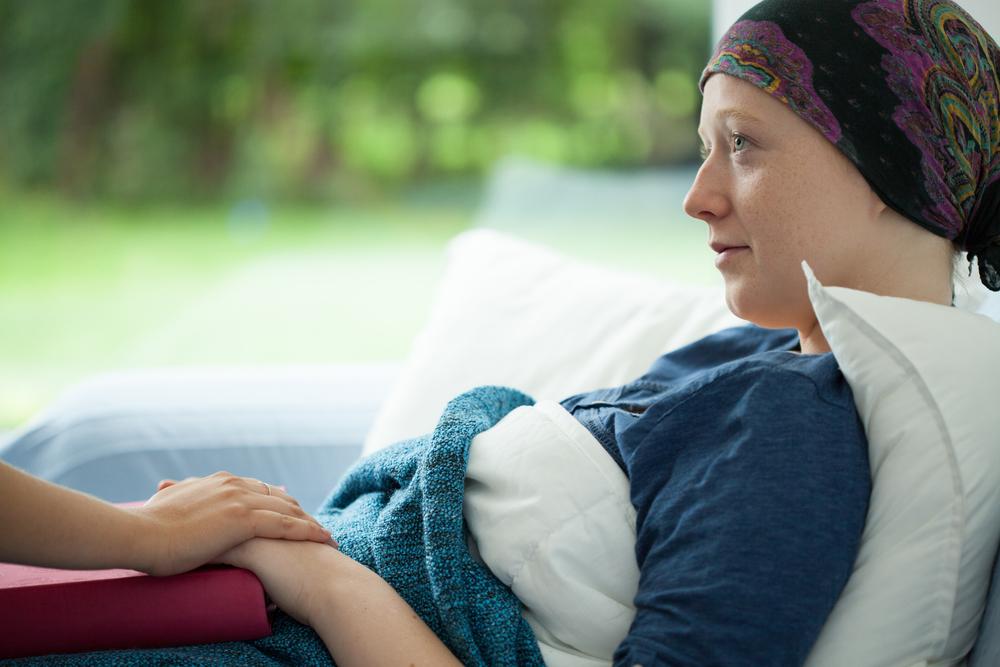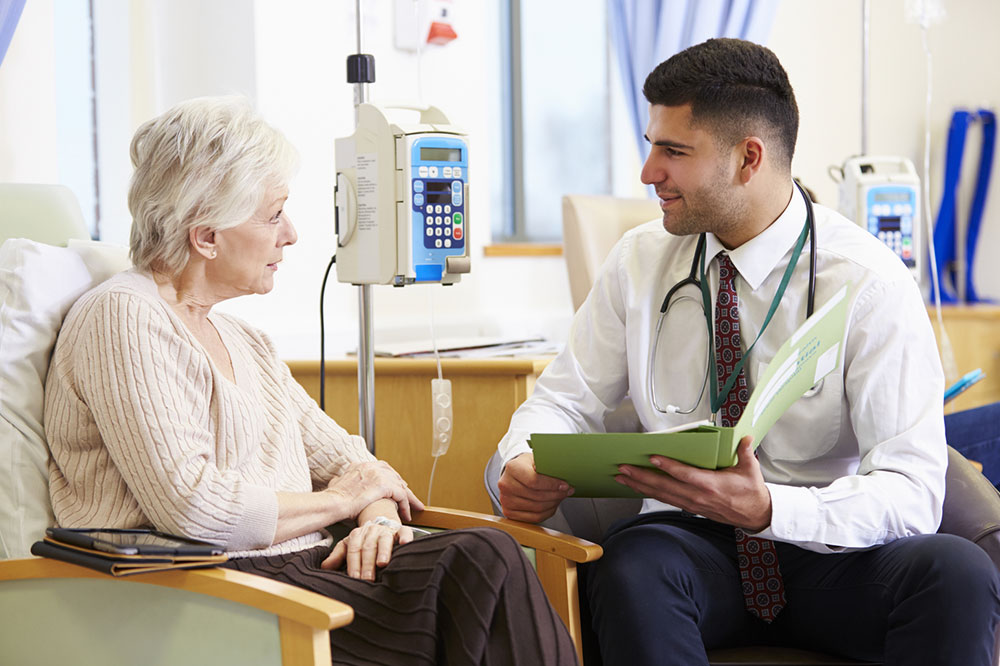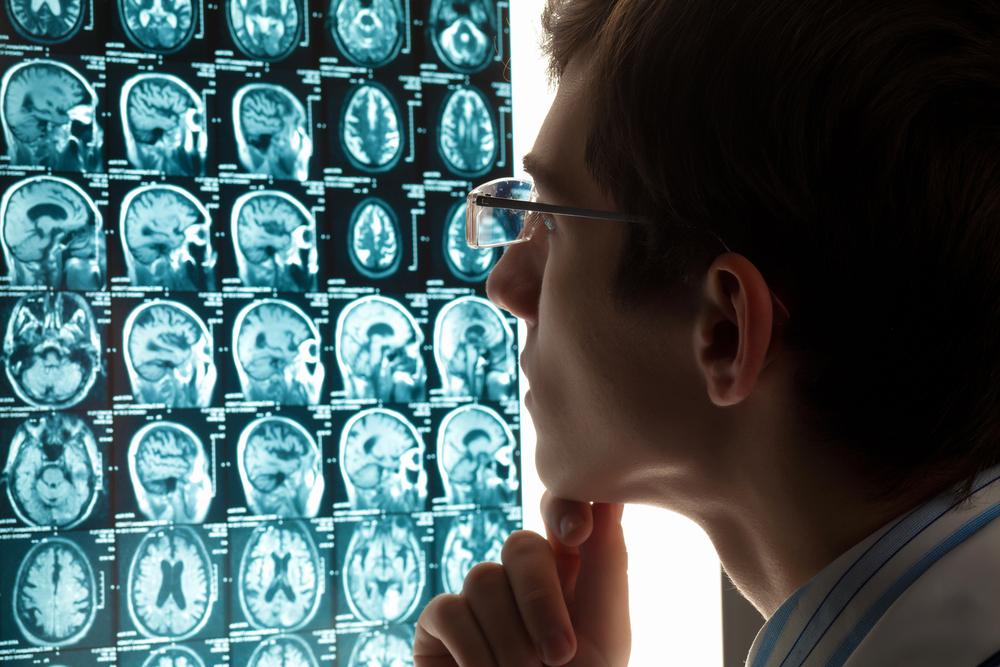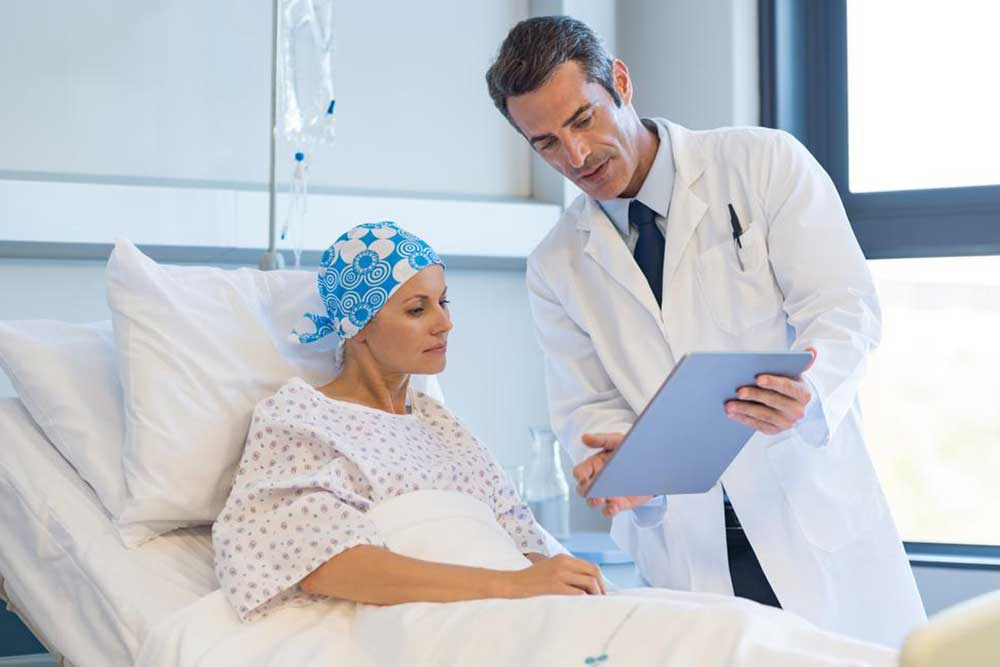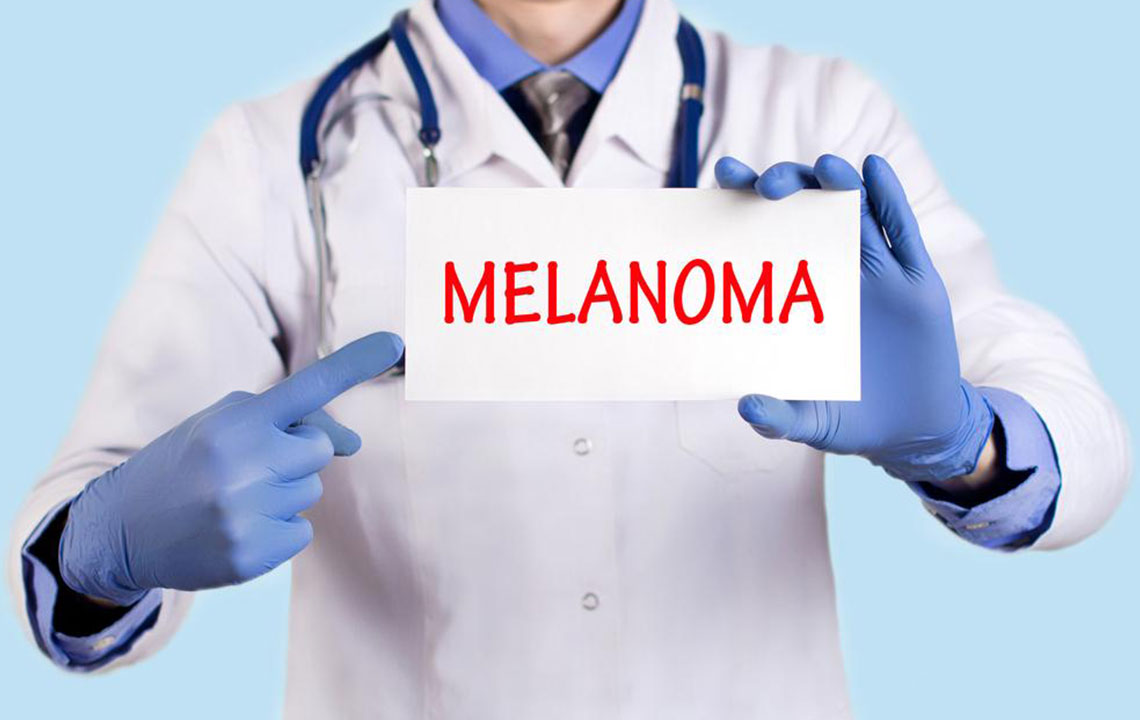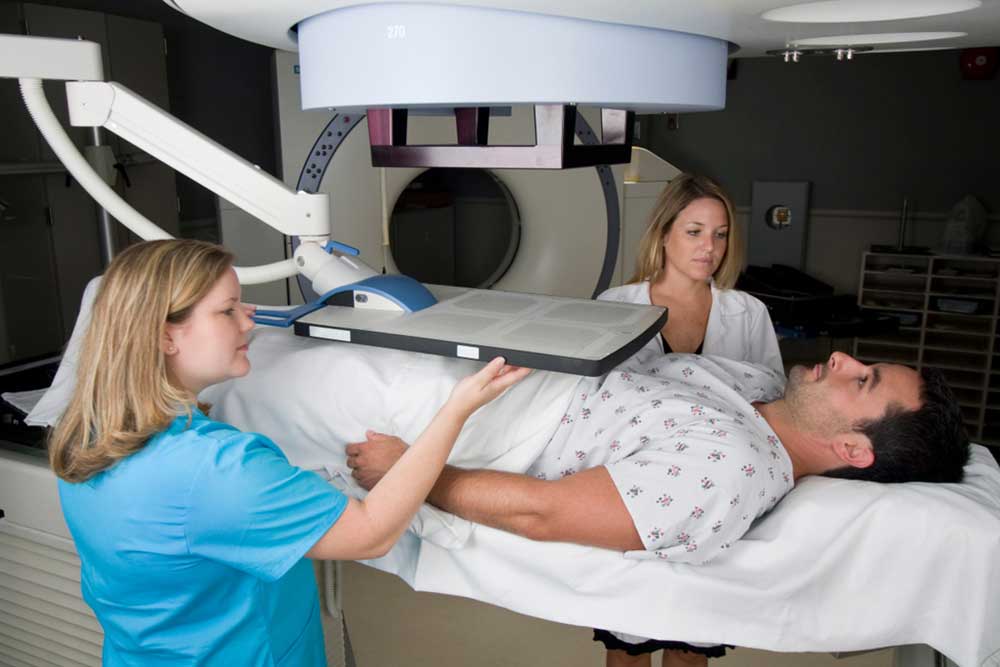Essential Guide to Life-Saving Treatments for Testicular Cancer
Discover essential treatment options for testicular cancer, including surgery, radiation, and chemotherapy. This comprehensive guide highlights their benefits, potential side effects, and when they are recommended, helping patients and caregivers make informed decisions for life-saving care.
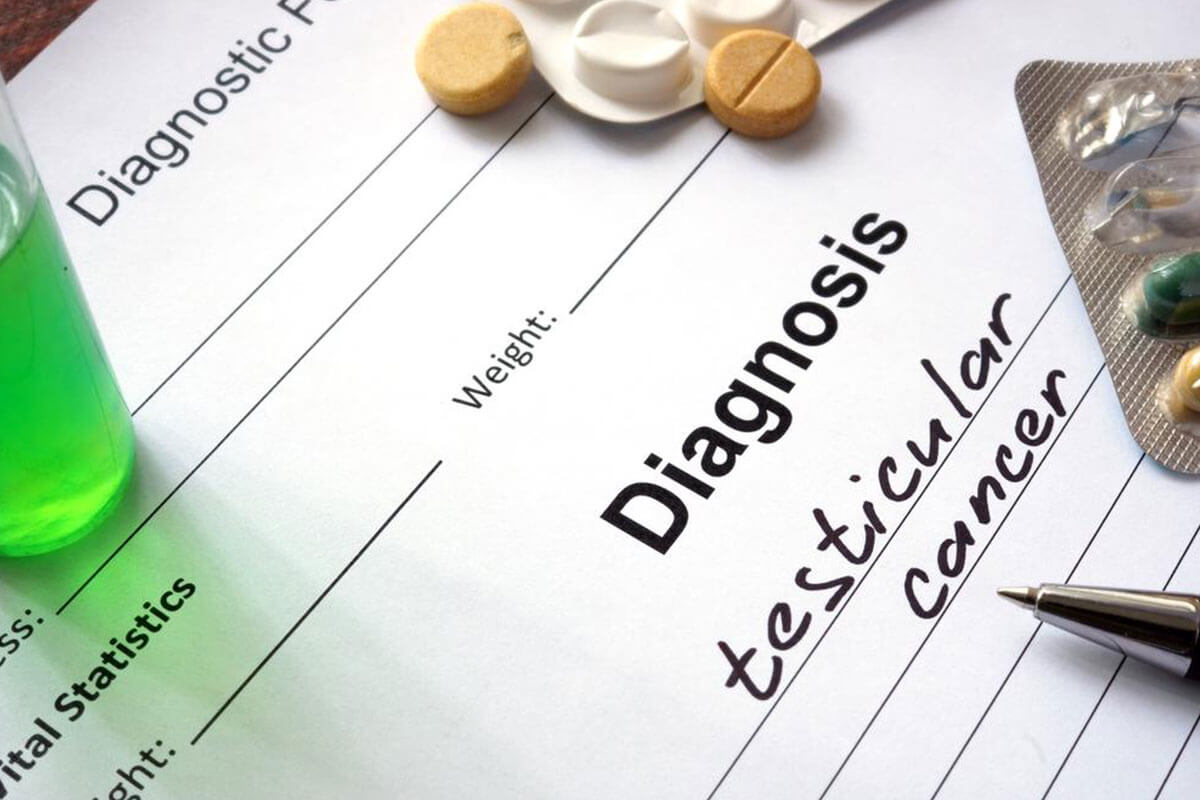
Essential Guide to Life-Saving Treatments for Testicular Cancer
Testicular cancer involves the growth of malignant cells within the testicles, often presenting as a lump in this area. It is a serious condition that can be life-threatening. This article highlights crucial treatment options for testicular cancer that can save lives.
*body*
Testicular cancer develops when abnormal cells form in the testicles, which are responsible for producing testosterone and sperm. Located in the scrotum, these glands are supported by the spermatic cord, containing blood vessels and nerves. Most cases originate from germ cells that generate immature sperm, which mature as they pass through tubules.
Cancerous growths can cause symptoms like painless or painful lumps, heaviness or discomfort in the lower abdomen, swelling of the testicles, fluid buildup in the scrotum, and persistent back or groin pain. Treatments include chemotherapy, surgery, and radiotherapy, each with potential side effects such as infertility and sexual health issues depending on the cancer stage.
Key treatment methods include:
Radiation Therapy
Utilizing external radiation beams directed at cancer cells, this approach damages the malignant tissue while sparing normal cells. Treatments are administered over multiple sessions, but may cause fatigue, nausea, diarrhea, and weakness.
Radical Inguinal Orchiectomy
This surgical procedure involves removing the affected testicle through a small incision in the groin to prevent cancer spread. Post-operation care is crucial to avoid infection.
Retroperitoneal Lymph Node Dissection (RPLND)
This surgery removes lymph nodes in the lower back area, especially for stage 2 cancer where nodes are affected. Consulting a doctor determines if this option is suitable.
Chemotherapy
Administered via pills or infusion, chemotherapy targets cancer cells outside the testicles, often in multiple cycles. Side effects may include fatigue, hair loss, nausea, and fertility issues.
High-Dose Chemotherapy with Stem Cell Support
For advanced cases, high-dose chemo is combined with stem cell transplant. Stem cells are harvested beforehand, then reintroduced after treatment to regenerate healthy blood cells.
Regardless of cancer stage or health, your medical team will recommend the most effective treatment plan tailored to your condition.

